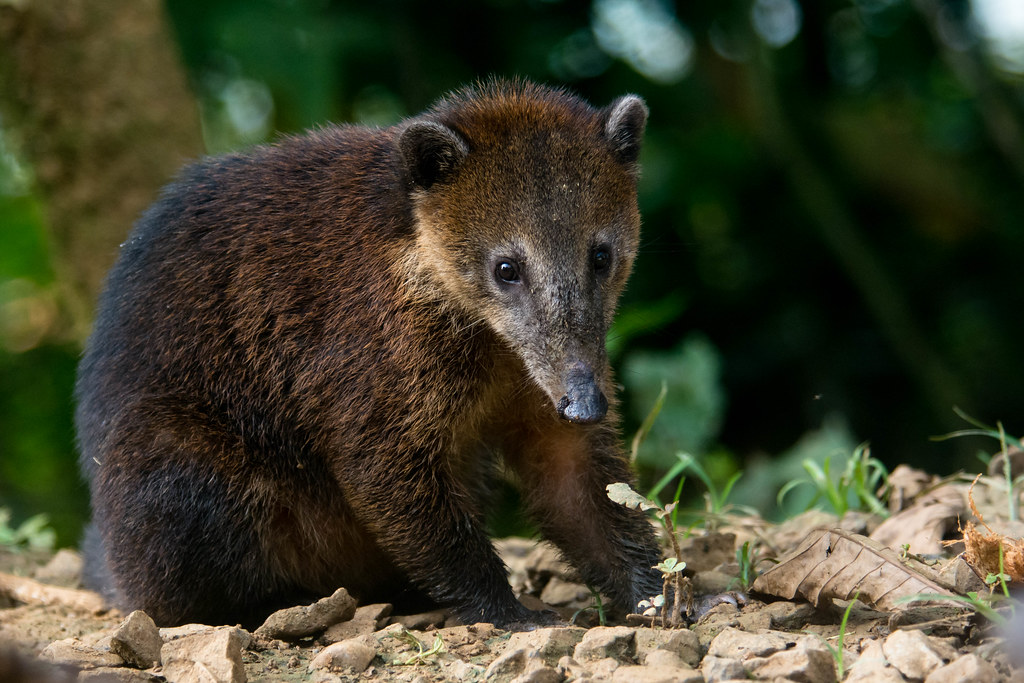#south american coatimundi
Text
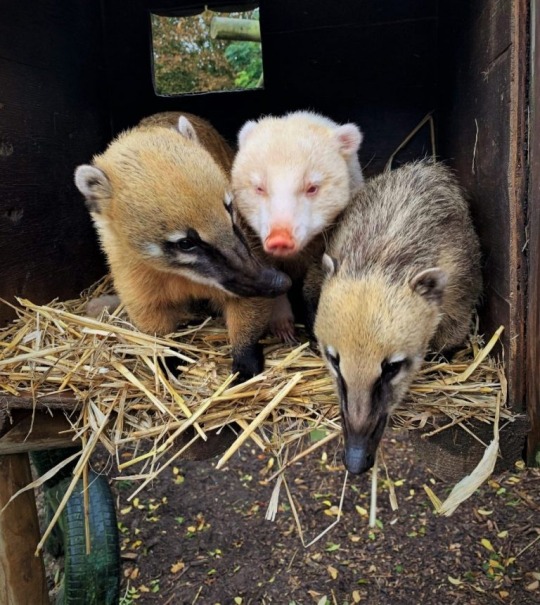
Albino South American coatimundi (Nasua nasua) with normal companions.
@ Wingham Wildlife Park
#albino#albinism#south american coatimundi#coatimundi#coati#nasua nasua#procyonidae#mutation#mammal#hey I’m going to do more simple single or double image posts more often than big complicated ones#as it takes less effort#I have two animal blogs now (one-weird-animal-a-day is the new one#and I think doing a lot of detail is what makes things difficult for me to keep up#sorry guys for the absence!
1K notes
·
View notes
Text

Coati effigy vessel
Inca style, Acomayo (Department of Cuzco, Peru) c. 1400-1532
Clay & pigment, h18 x w8.50 x d32.50 cm
Museo de América No. 08570
The above piece was also just added to Indigenous art section of the coatis in art image bank:
#coati#coatimundi#Indigenous art#Inca art#South American art#pre conquest art#ceramics#effigy vessel#Museo de América#website link#Peruvian art#15th century art#16th century art
194 notes
·
View notes
Text
K so Meig has inspired me to do my own Planet Zoo DLC proposal
I call it
The YEEHAW Animal Pack (featuring species from the North America's prairies and deserts)
Habitat Animal 1: Greater Sage-Grouse (Grassland, Desert, Taiga, North America)
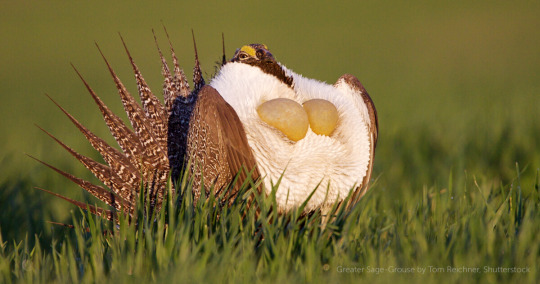
Habitat Animal 2: Collared Peccary (Grassland, Desert, Tropical, North America & South America)
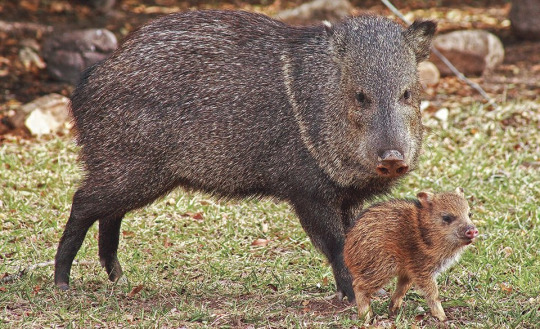
Habitat Animal 3: Volcano Rabbit (Taiga, Desert, North America)
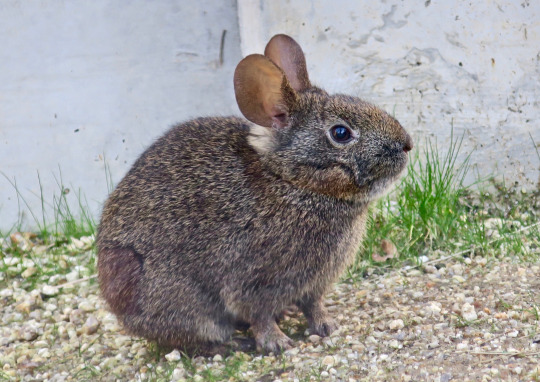
Habitat Animal 4: Bolson Tortoise (Desert, North America)

Habitat Animal 5: Mexican Wolf (Taiga, Grassland, Desert, North America)

Habitat Animal 6: Greater Roadrunner (Desert, Grassland, North America)
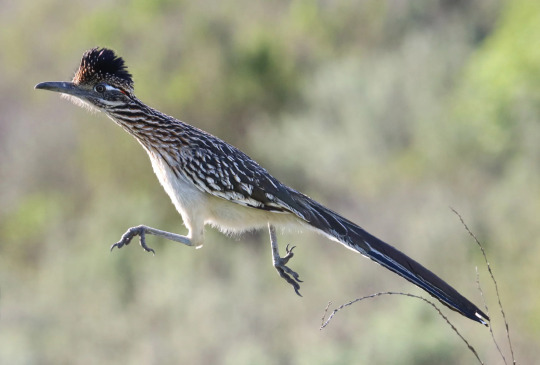
Habitat Animal 7: American Badger (Temperate, Grassland, Desert, North America)

Exhibit Animal: Texas Horned Lizard (Desert, North America)
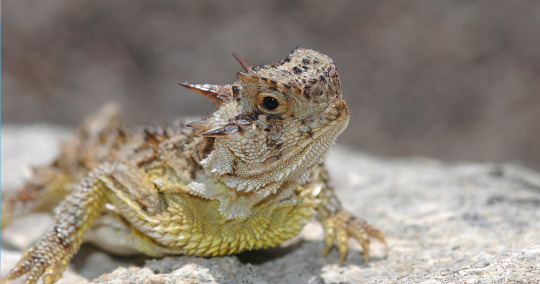
Runners-up
Habitat animals: Burrowing owl, swift fox, Sandhill crane, bighorn sheep, ringtail, coatimundi, California quail
Exhibit animals: Spotted bat, barred tiger salamander, western spadefoot toad, Mexican parrotlet, elf owl
60 notes
·
View notes
Text
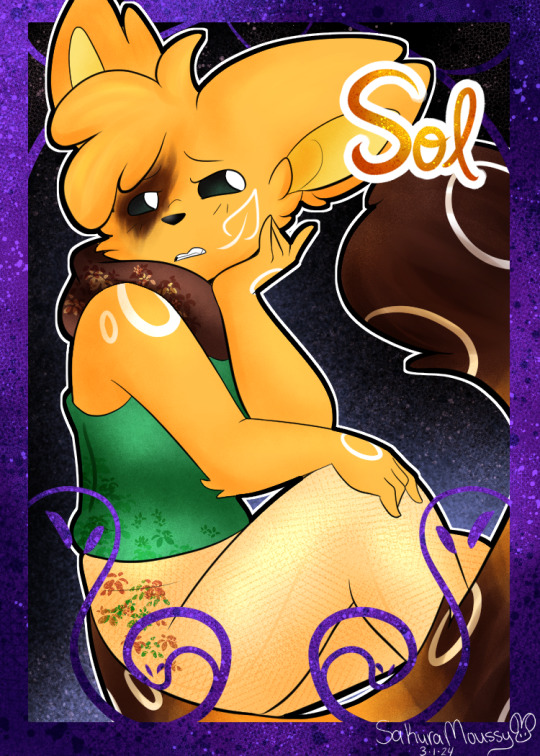
Age 21
Prophecy Hero ‘Leaf’
Bisexual; Male
South American Coatimundi
Specter, Wind magic
Sol is a quirky individual who is largely unfamiliar with societal life. Sol grew up with the innate ability to see and communicate with spirits, leading him to relate more to the dead than the living.
Sol is reckless, not very bright, and incredibly chatty. Though he isn’t used to people, he gladly assists Con and Kai in the prophecy team.
4 notes
·
View notes
Text
Coati fun facts!
- Coati, or coatimundi, live mainly in parts of South and Central America, but can also be found in Arizona and New Mexico. They like to nest and sleep in trees.
- Coatis often hold their tails straight up in tall grass to keep the group together
- Their snout is extremely flexible and can rotate up to 60° in any direction
- A coatimundi’s ankles rotate 180 degrees, enabling it to climb down a tree head first, the way squirrels do
- Males can be twice as large as females
- Females and their young form bands of 20 individuals or more, while adult males are solitary (they are driven out of bands lest they attempt to kill the babies). A brain study showed that females possessed a larger frontal cortical volume than their male counterparts due to their expanded, lifelong social ties. The study supports the principle that “behavioral specializations correspond to an expansion of neural tissue involved in that function.”
- As you might guess from its striped tail, it is a relative of the raccoon. Like the raccoon, they're an omnivore, eating plant matter as well as insects, spiders, scorpions, small snakes and lizards, and maybe the odd small mammal on a good hunting day. Unlike the raccoon, they tend to be active in the day instead of the night, though the males can be more nocturnal. This is possibly to better protect themselves from predators since they do not have the luxury of “safety in numbers” as females do.
- There are four types of coati: the ring- tailed (or South American) coati; the white-nosed coati; the eastern mountain coati and the western mountain coati.
- They can run 15 mph
- They drink nectar and are pollinators of the balsa tree. They will stick their noses inside the flowers to drink the nectar, which also covers their faces with pollen. This pollen will then get spread around the environment as the coati travels.
- Coatis are hunted for their meat and fur; they may also be collected as pets. This is a bad idea due to their lifelong curiosity, strength, intelligence, and agility. As pets, they have been likened to keeping a strong, super smart toddler who never grows up. Seriously don't keep wild animals as pets.
- In some areas, tourists often feed them, making them sometimes sorta tame but just as often greedy and prone to bite. Don't feed wild animals either, please.
2 notes
·
View notes
Text
7 Surprising Things That are Native to the Americas
1. Bamboo

Arundinaria is a genus of bamboo native to North America. Though in America it’s known as cane. They’ve been used by the Native Americans for centuries in basket weaving and other important crafts. Giant Cane or Rivercane (Arundinaria gigantea), in particular, is considered a precious resource that was used in the making of baskets, flutes, arrows and other weapons, bean poles, and jewelry.
2. Pineapple
Pineapple was first domesticated in South America. I would’ve thought Pineapple grew in some tropical tree like a coconut. But, they actually just grow straight out of the ground on a stalk.

3. Peanuts
Like the pineapple, peanuts are thought to have first originated in South America. Peanut butter—or at least a ground paste—was even recorded by indigenous Mexican and South Americans. Huh. Just think. The Mesoamericans could’ve grounded up peanuts and then mashed up some prickly-pear cactus fruit. Spread them both on a tortilla and boom! Pre-Columbian peanut butter and jelly sandwich.
4. Cassava
Because of its association with African dishes (like the West African fufu), its easy to think this plant sprang from the African continent. But, it actually originated in South America. Side note: I actually got the Cassava (Manihot esculenta) and Yucca plant confused at one point. Yuca (a.k.a Cassava) is not the same as Yucca. They are from two unrelated plant groups, with Yuccas being a member of the asparagus family.

5. The Ringtail
The ringtail (Bassariscus astutus) is a small adorable animal that looks like it stepped out of a tropical Asian rainforest. But, if you live near the deserts in the American Southwest you might not have to look any further than your backyard. The ringtail is a common North American native and a relative of raccoons and coatimundis. Unlike both of its relatives, however, next to no one ever talks about the ringtail in real life or even in nature documentaries. If it hadn’t been for the internet, I’m not sure if or when I would’ve even heard of one. I was absolutely shocked when I found out that you could find these animals in Texas.
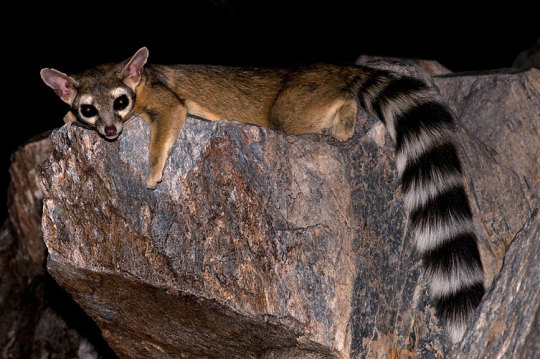
6. The Coatimundi
I know this one shouldn’t count because everyone knows the Coatimundi is from the Americas. But most of us North Americans only think about them as “exotic” animals from in the tropics of Mexico and the South American jungles alongside other popular wildlife icons like the sloth and the capybara. Imagine my surprise knowing a random North American can find this animal in their backyard as far north as Arizona. They even share a space with their cousin, the Ringtail.
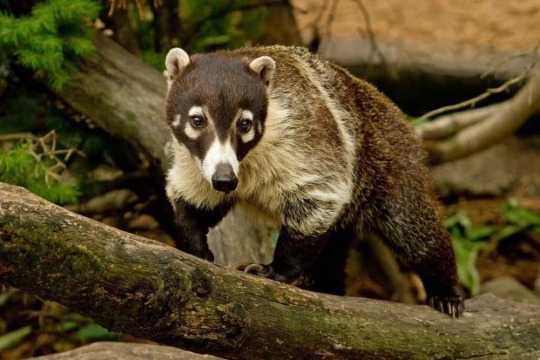
7. The Pronghorn Antelope
One look at this animal and you'd think you were staring at a photo taken at a South African Safari. In reality, you're staring at the native of the North American Savannah, the Pronghorn Antelope (Antilocapra americana). Interestingly, some of their closest relatives are the Okapi and the Giraffe. But they are the American equivalent of the gazelle being able to clock speeds of up to 55 miles per hour!

0 notes
Text
Object Players Animals (Remake)
For @computerwolfartsy
Bagpipes: Island Spotted Skunk
Barrel: Marine Otter
Belly: Red Deer
Black Holey: Thorny Devil Lizard (because Black Hole from BFB was a Frilled Lizard)
Card: White Dove Bird
Cherries: Lorikeet Birds
Chesse: Steppe Mouse
Chew Toy: Border Collie Dog
Cup: South American Fox
Emoji: Canary Bird
Lava: Volcano Rabbit
Gummy Bear: Spectacled Bear
Mug: Plush Blue Jay Bird
Penny: Orange Tabby Cat
Phone: Coatimundi
Pillow: Sheep
Pridey: Scarlet Macaw Bird
Soft Ball: Kangaroo
Sharpie: Albino Squirrel
Silver Trophy: Cheetah
Strawberry Milk: Chilean Flamingo
Switch: European Polecat
0 notes
Text
My favourite procyonids

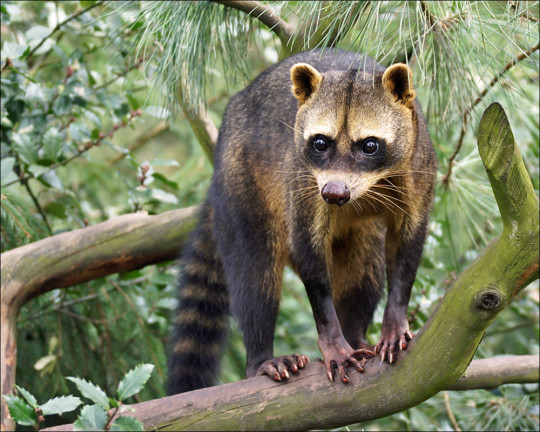

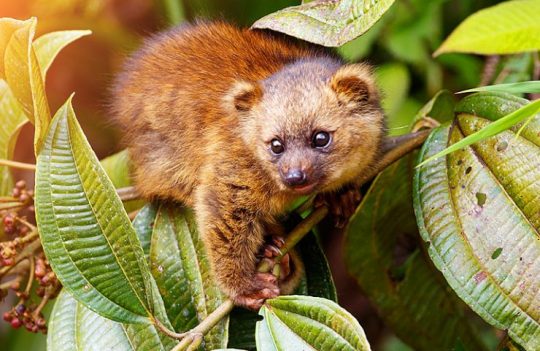
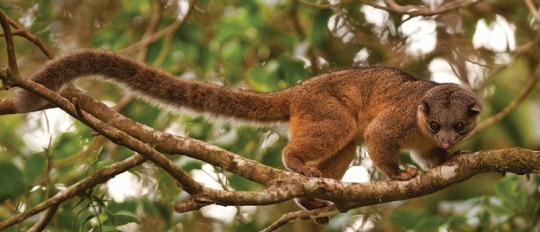
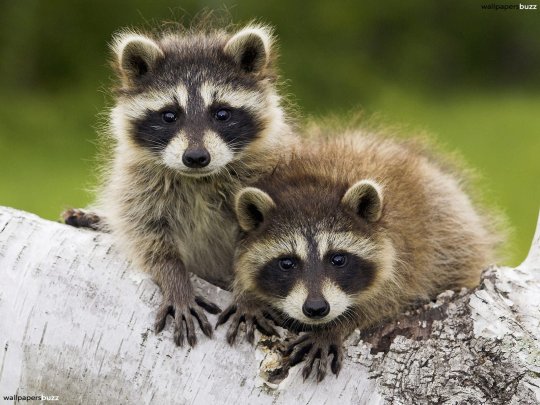
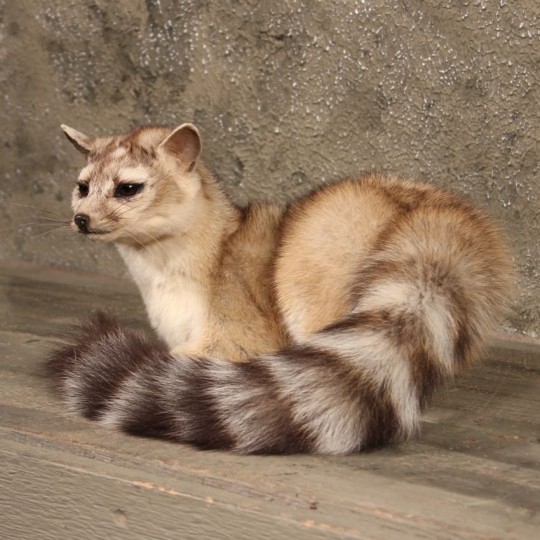

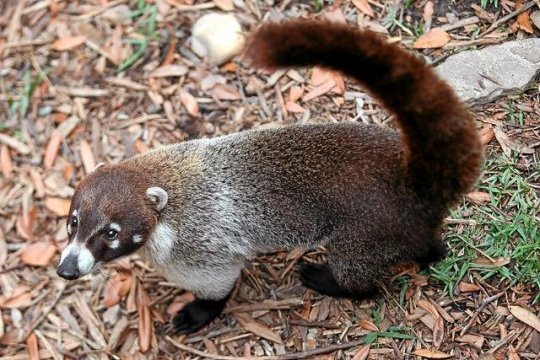
#procyonidae#procyonids#cozumel raccoon#crab eating raccoon#kinkajou#olinguito#Northern olingo#raccoon#ring tailed cat#south American coati#white nosed coati#coatimundi#favourite animals#favourites
53 notes
·
View notes
Video
South American Nasua by Anton
Via Flickr:
South American Coati (Nasua nasua) - Buenaventura Reserve, Ecuador The South American Coati, is very similar to the White-nosed Coati of Central America and the Southwest United States. There are some easily noticeable differences in color between the two closely related species, as with their central american counterparts N. nasua is a generalist and they can often be spotted foraging in both the leaf litter and up in trees. They will eat just about anything they encounter from including but not limited to fruit, invertebrates, small animals, and eggs. I saw one make short work of a dead bird on one occasion. The females live in large social groups while adult males are solitary, however during mating season a male may be allowed into the group where he will then mate with all the females. The females separate in order to give birth but shortly afterwards they rejoin their social group with their young.
#Nasua#Nasua nasua#Coati#Coatimundi#mammal#wild#nature#wildlife#animal#fauna#South america#Ecuador#Buenaventura#reserve#south american coati#ring-tailed coati#omnivore#forest#jungle#pizote
9 notes
·
View notes
Text
The Creature Awaits #62:
Each week I plan to feature an amazing creature, admiring God's fantastic artistry. Hopefully it’ll brighten someone’s day to see something new and interesting if they haven’t seen it before. : )
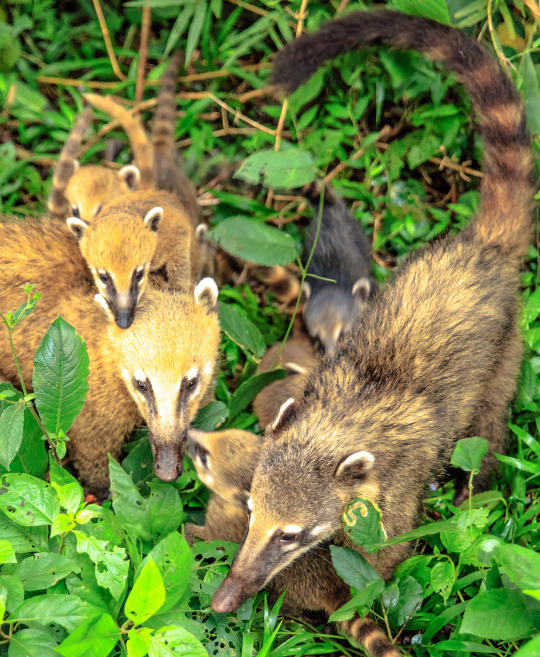
(Photograph by Murray Foubister. View his stunning gallery here. (CC BY-SA 2.0))
Coatimundi
A.K.A: The South American Coati, The Ring-Tailed Coati
In Brazilian Portuguese: Quati
Scientific Name: Nasua nasua
Region: Throughout Subtropical and Tropical South America
Size: About 33"–44" (85–113cm) long, including their long tails
Interesting Note: These diurnal omnivores search very high and very low for their food - from scavenging for bugs under rocks on the rainforest floor, to climbing high in the canopy to find fresh fruit.
Socially, female coatimundis live together in groups of 15-30 individuals, whereas males live a solitary life. This lead scientists to initially believe they were different species until further research proved otherwise.
5 notes
·
View notes
Photo

Marquise Spinneret Mindfang is a South American Coati. She lives at the zoo with her two daughters, Aranea and Vriska. She lives in the South American area with her family.
More info will be added the more I add or others ask. Treat this like a resource that compiles all the known info into one helpful location so you don't have to trek through loads of posts.
#zoostuck#homestuck#zoostuck!au#au#marquise spinneret mindfang#mindfang#coati#coatimundi#south american coati#zoo!au
1 note
·
View note
Note
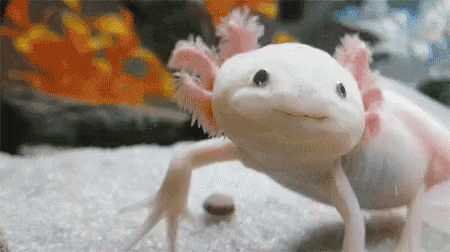
No Axolotls yet? Look at those cute little things. They are the Pokemons of sealife. <3
such cutle little babies! I love them!! <3

anonymously tell me…what your favorite animal is
So far we have (please note that I have no idea what I am doing, I am not a biologist or zoologist and I am just grouping animals together from gut feeling :D)
cats (generally all): lynx, Scottish Wildcats, Pallas’s Cats, manuls, cheetahs, tigers
pangolins
red pandas
foxes and red foxes
otters
bats
snakes: puff adders, hognose snakes
giraffes
elephants <3
African Pygmy Falcons
caribous
dogs (generally): borkies, wolves, maned wolves
grasshopper mice
(baby) pigs
hedgehogs
raccoons
whales: orcas, beluga whales
bears and polar bears
cows
birds: chicken, potoos, emperor tamarins, south american harpy eagles, secretary birds, (barred) owls
Leachie Geckos
wolverines
frogs
bunnies, rabbits, hares
snails
bees and bumble bees
platypus
penguins
octopus (what is the plural??)
horses
pet rats
badgers
silky anteaters
coatimundi
turtles
lizards
axolotls
16 notes
·
View notes
Photo

Have you been introduced to Eastern Exotics Wildlife, Gemstones, & Diving’s South American Coati? This is Cookie! Say hello! Coatis, also known as coatimundis are members of the family Procyonidae in the genera Nasua and Nasuella. They are diurnal mammals native to South America, Central America, Mexico, and the southwestern United States. The name coatimundi purportedly derives from the Tupian languages of Brazil. Please follow our Instagram Acct and Add our Facebook page , and Love ❤️ each other ————————————— 🐾🐊 🐢🐍🕷🦂🦀🐠🐅🐆🐝🦉🦅🦑🐡🐙🐋🐫🦏🦛🐘🦍🦓🦒🦘🦜🦝🐾 ————————————— #easternexotics #adventureawaits #animal #animallove #animallovers #savetheanimals #wildlife #nature #environment #wecanallmakeadifference #savetheenvironment #alllivesmatter #live #love #laugh #learn #life #exotics #coatimundi #coati #mammal (at Eastern Exotics Wildlife, Gemstones, & Diving) https://www.instagram.com/p/CH9fsOYHRrf/?igshid=5d4scyqeh6ty
#easternexotics#adventureawaits#animal#animallove#animallovers#savetheanimals#wildlife#nature#environment#wecanallmakeadifference#savetheenvironment#alllivesmatter#live#love#laugh#learn#life#exotics#coatimundi#coati#mammal
1 note
·
View note
Text
@historieofbeafts Drawing Challenge #3!
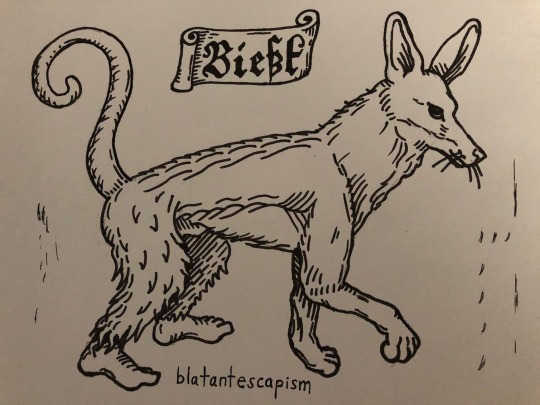
“A four-footed beast: in the forepart like a Fox, and in the hinder part like an Ape, except that it had man’s feet, and ears like a Bat [...] It is incredibly swift [...] It hath a tail like a Munkey.”
and we were encouraged to imagine it in wood-block printing style, so
I’m thinking it’s a coatimundi? or an olingo? One of the South American procyonids. Lemurs and lorises have creepy long fingers which I feel would have been mentioned. Just my guess.
3 notes
·
View notes
Photo
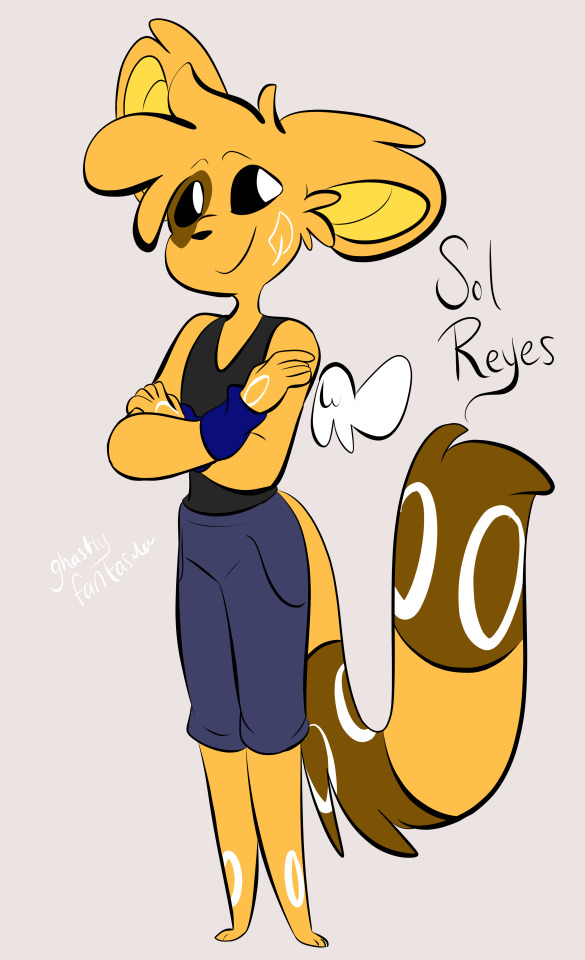
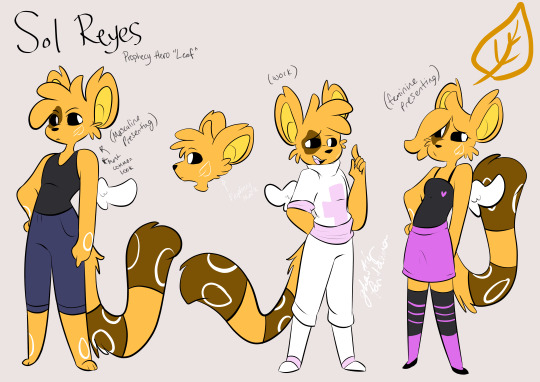
Sol Reyes
Age 18
Prophecy Hero ‘Leaf’
Bisexual; Male
South American Coatimundi
Shapeshifting, Wind magic
Sol is a quirky medic for the Forest Army who finds himself oddly close to certain soldiers in the army. Sol is a strange orphan with several secrets he won’t even tell his closest friends. Sol is bright, optimistic, and carefree despite the harsh times and he somehow always manages to encourage the soldiers of the Forest Army. He is a brilliantly quick medic who is light on his feet and quick to make use of barriers or force fields when assisting soldiers on the battlefield. Sol is a close friend of Carben who later finds himself getting very familiar with Kai as time goes on.
9 notes
·
View notes
Photo

Please welcome the new Fire Starter of Equas Region, Coatiki! I based this little fella on the South American Coatimundi. Its evolutions will be coming soon ;) #Pokemon #Fakemon #Coatimundi #Coatiki #Fire #Starter https://www.instagram.com/p/B2WQEB5BRpE/?igshid=tck30ruyvrfk
7 notes
·
View notes
